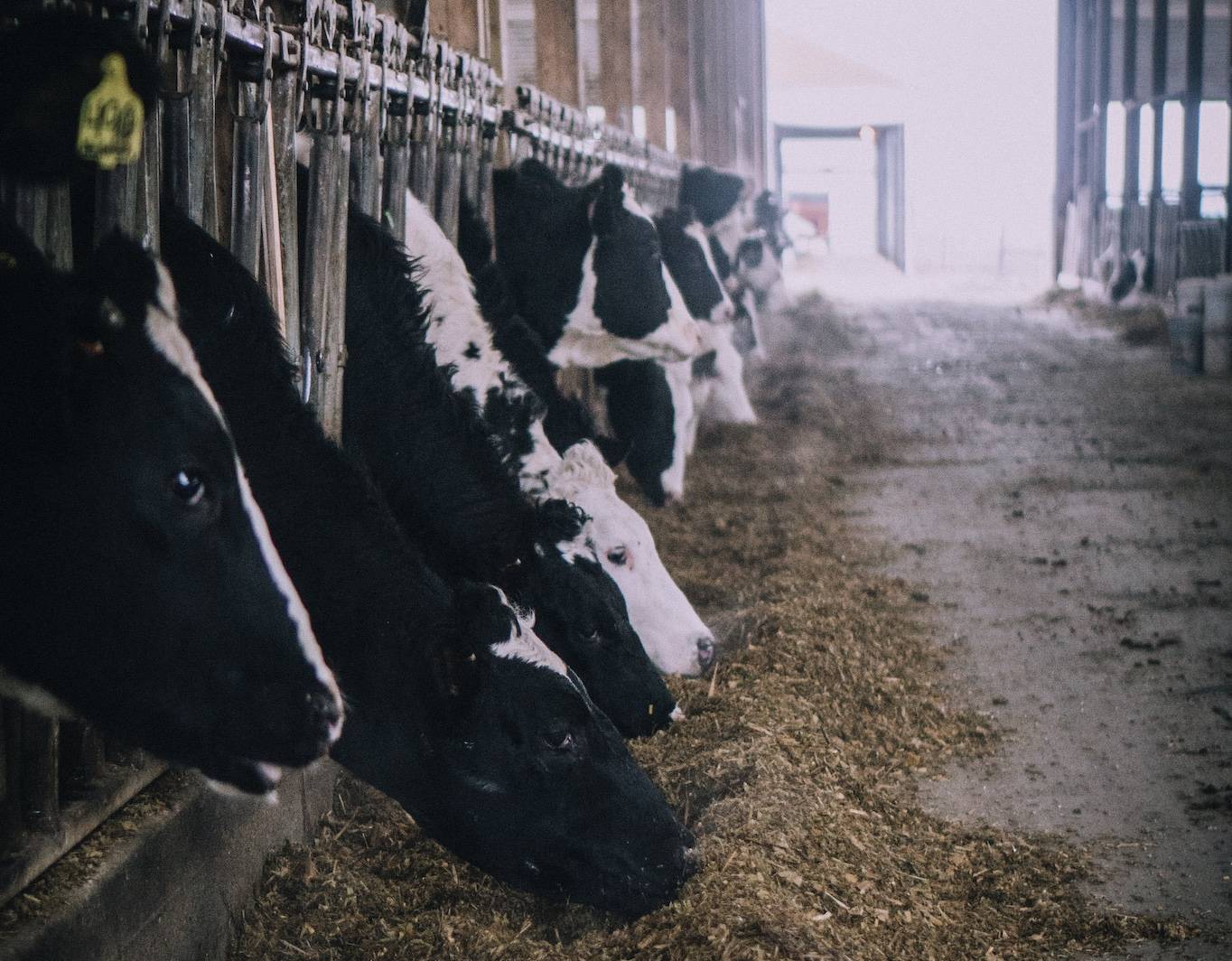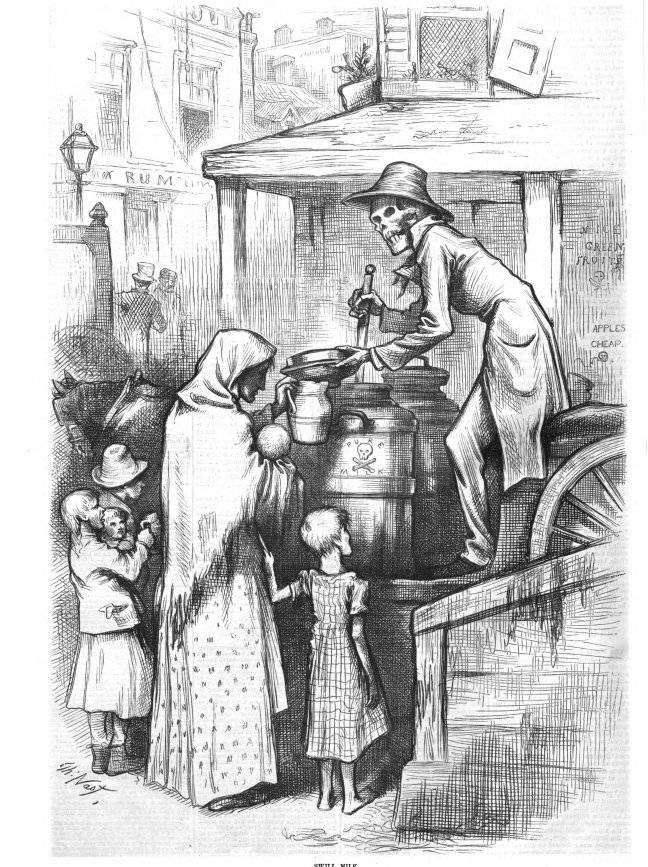
Raw Milk: Is It Safe To Drink
I love me some raw milk. My first time was in Phoenix, Arizona.
I got a gallon from a local farm, drove home and poured myself a tall cold glass of fresh raw milk. And the taste. It was like a fresh vanilla milkshake. I may not make sense for some of you and others probably know exactly what I’m talking about.
It was my initiation into the world of raw milk.
Recently, as part of my healthy journey, I did a deep dive into raw milk to find out why people are divided about it.
Since the beginning of mankind, milk played a vital role in establishing and growing civilizations. It’s always been considered a nutrient dense superfood.
And a competitive advantage for communities with access to milk.
They have better birth rate, stronger builds and healthier lives. It may not mean much now, but thousands of year ago it was vital in keeping a community alive for generations.
Look a breast milk, the raw milk that most health professionals agree is vital for infant growth and development. It helps with immunity function and muscle growth among other benefits. There’re cultures who nurse their infants up to 3 years or more.
And there is a reason……

It’s the Microbiome
The naturopathic community has known its value for decades - mainstream health is now recognizing it.
Microbiome is the community of microorganisms living together with a defined function in a define environment.
Believe it or not, bacteria are your friends.
There is a wonderful TED video where Princeton Professor Bonnie Bassler discusses how her team is learning how bacteria talk to each other. (Video link at the end of the article)
Ms. Bassler states we are made up of a trillion human cells and 10 trillion bacterial cells.
DNA makes up our genetic code that gives us our charming characteristics. We have 30,000 genes. We have 30,000,000 bacterial genes playing a role inside or on us.
They are our body armor. They digest our food, make our vitamins, educate our immune system to keep bad bacteria out, etc.
Experiments show a single bacterium in a nonactive state but becomes active after the bacteria count hits a certain threshold.
What causes this?
They communicate chemically. They secrete these chemicals and if no other similar bacteria is around, nothing happens.
In a group, the chemicals mix together and create a communication network.
This is why you need to keep a healthy bacteria count so that key systems stay functional, like the immune system.
This is why people are concerned about their gut health after using antibiotics because it kills the good and bad bacteria. You’re left vulnerable while rebuilding your gut health.
Bacteria. You need it. High quality raw milk is part of the equation.

History of Pasteurized Milk
Poisoned Milk
In 1858, a NYC news magazine’s 5,000 word essay describing how tainted milk was responsible in killing thousands of children per year.
Calling the milk distilleries “milk murderers” who sold “liquid poison”.
This poison was called swill milk.
The cows were fed remains from grain distillation and lived in filthy conditions in the city.
The conditions were so terrible, the cows lived a few months and produced a sickly, bluish milk. To cover up the color, the producers added chalk, eggs, flour, molasses and other substances and sold as “Pure Country Milk”.
Nearly 66% of NYC’s children’s deaths were caused by this swill milk. The New York Times picked up this story and soon the nation realized it wasn’t a NYC issue. Cities like Boston, Chicago to San Francisco all had the same issues.
This caused a public uproar and the start to pasteurize milk.

Editorial cartoon in Harper's Weekly depicts the deadly consequences of swill milk. (August 17, 1878 / HathiTrust)
Pasteurization Vs. Raw Milk
Pasteurization - We solved the problem by not cleaning it up but by killing it.
Pasteurization makes milk shelf life friendly but not a gut life friendly. It destroys the milk’s microbiome.
Pasteurized milk is inflammatory. The pasteurization process lyses bacteria cells. It’s a fancy word for cutting up the cells. The cells are still present in the milk in a deformed fashion where its insides are exposed. When the human body doesn’t recognize this foreign object, it gets inflamed and flushes it out.
Pasteurized milk is ranked at the top in the allergic foods category.
Raw milk doesn’t have that affect for most people.
Studies show pasteurization neutralizes the milk’s whey protein and its anti-inflammatory properties.
The Vitamin D added to milk is synthetic. Cow’s milk is fortified with vitamin D3 (cholecalciferol), which is derived from the lanolin found in sheep’s wool.
There are over 2,500 different types of proteins in raw milk but become non functional in pasteurized milk.
Raw milk is loaded with healthy bacteria, naturally produced vitamins and other nutrients are that lost during the pasteurization process.
Raw milk has a high bioavailability which means more nutrients are absorbed into the body versus the synthetic nutrients found in pasteurized milk.
Is raw milk dangerous?
There is an article titled “What are the odds? 840 times more likely for raw milk drinkers”
The 840 times is the increase in getting food borne illness from drinking raw milk. The article is sponsored by Marler Clark (A law firm specializing in food borne illness litigation).
The article estimates around 3.2% of the USA population consumes raw milk and between 2011 - 2014 there were 761 illnesses and 22 hospitalizations per year for raw milk drinkers. And 95% of the illness is related to salmonellosis and campylobacteriosis.
What if we adjusted the number to where 90% of Americans drank raw mil?
If only 3% of the U.S. population drinks raw milk, we can multiple this by 30 to get 90%.
Illnesses would increase from 761 to 23,000
Non Lethal Hospitalization increases from 22 to 660
If we take the annual current U.S. cases for Salmonella, there are around 1.35 million infections each year and 26,500 hospitalizations.
Raw milk at 660 hospitalization out of 26,500 is 2.5% of current cases
Raw milk at 23,000 illnesses out of 1.35 million is 1.7% of current cases.
I’ll let you decide about those odds.
Regulation
Raw Milk’s popularity grows each year and state governments are taking notice.
Every few years another state accepts the sale of raw milk. It’s not because these officials love raw milk. Maybe some do.
It’s more about regulation which I am not against. It will add costs to the milk production process but will add a layer of safety to make sure the production process is kept clean. It’s similar to getting to know your farmer at a larger scale. You take the time to know your farmers to make sure you agree with the way the food is farmed.
And this allows more people to try raw milk and hopefully experience the benefits.
So there you have it. My little write up on the history of milk and raw milk that sheds a little more light into the industry.
It’s all about eating whole foods that allows you to get nutrition though high bioavailable foods ranging from organs meats, raw milk, fermented foods and staying away from processed foods and sugar.
If you are on the go or needs a simple solution to get your nutrients you can always try our beef organ supplements.
Resources
https://www.smithsonianmag.com/history/surprisingly-intolerant-history-milk-180969056/
https://www.youtube.com/watch?v=PgJ1TGXrsTg&t=1s
https://www.foodsafetynews.com/2017/05/what-are-the-odds-840-times-more-likely-for-raw-milk-drinkers/
https://www.consumerreports.org/vitamins-supplements/vitamin-d-in-milk-alternatives/
Bonnie Blasser TED Talk
https://www.youtube.com/watch?v=KXWurAmtf78
